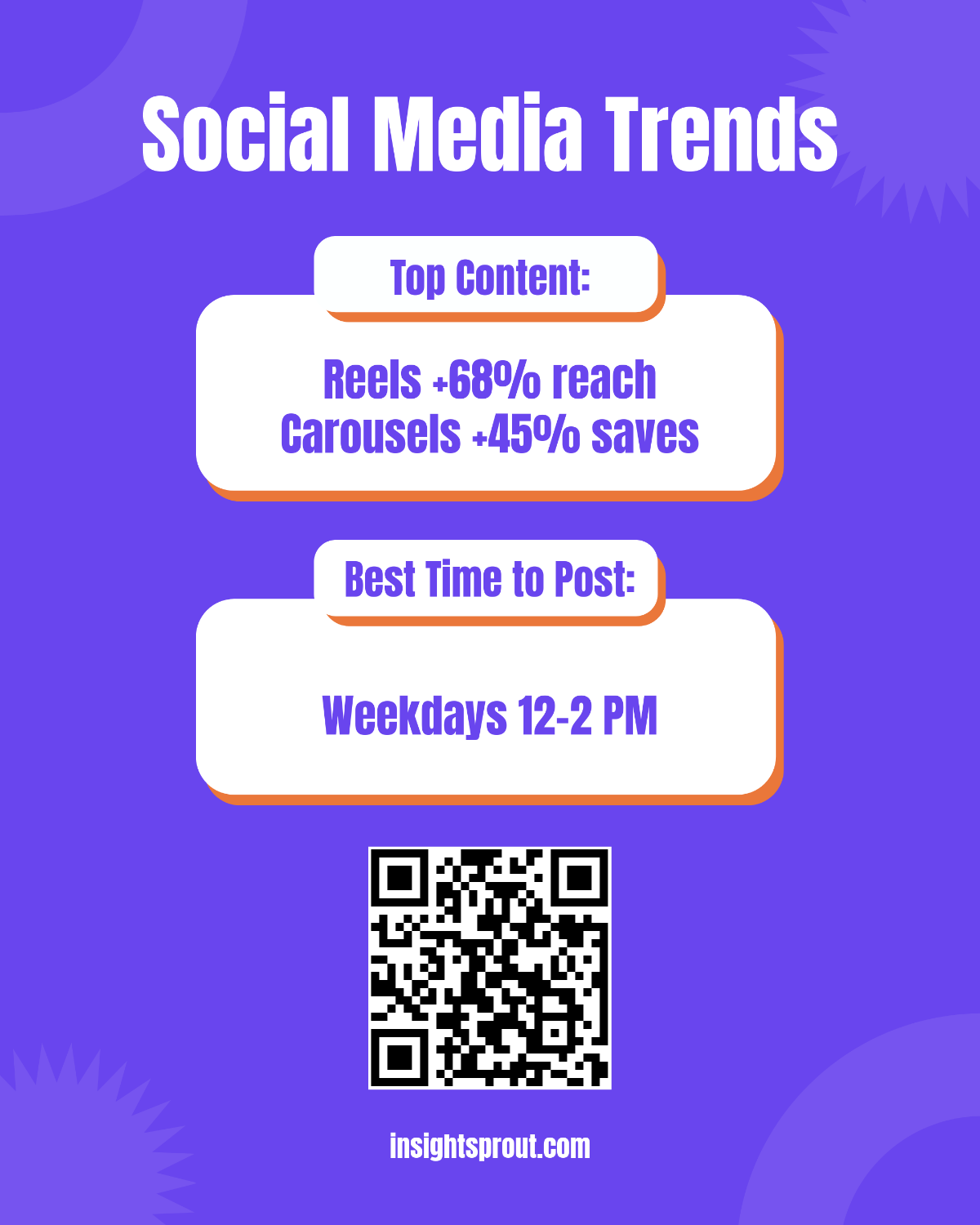Social Media Style Guide
I. Introduction
In the ever-evolving landscape of digital communication, establishing a coherent and compelling social media presence is essential. This guide outlines the core principles and practices for managing social media channels effectively, ensuring consistency and engagement across all platforms.
II. Brand Voice and Tone
Consistency
Maintain a consistent voice that aligns with [Your Company Name]’s brand identity. Whether the tone is formal, casual, or somewhere in between, it should reflect the company's core values and personality.
Adaptability
Adjust the tone according to the platform and context:
LinkedIn: Professional and informative
Twitter: Conversational and concise
Instagram: Creative and engaging
Facebook: Friendly and community-oriented
III. Content Guidelines
Content Types
Create a variety of content to keep the audience engaged. Consider the following types:
Educational Posts: Share industry insights and tips.
Promotional Posts: Highlight products or services.
Interactive Posts: Engage with polls, questions, or contests.
User-Generated Content: Feature content created by followers.
Posting Frequency
Maintain a regular posting schedule to keep your audience engaged:
LinkedIn: 2-3 times per week
Twitter: 3-5 times per day
Instagram: 3-4 times per week
Facebook: 2-3 times per week
IV. Visual Identity
Brand Elements
Ensure that all visual content adheres to [Your Company Name]'s brand guidelines:
Logo: Use the official logo consistently.
Colors: Stick to the brand color palette.
Fonts: Use approved brand fonts for all text.
Image Style
Maintain a cohesive visual style:
Photos: High-quality and relevant to the content.
Graphics: Clear, with brand colors and fonts.
V. Engagement Strategy
Interaction
Actively engage with your audience:
Respond to Comments: Address inquiries and feedback promptly.
Participate in Conversations: Join relevant discussions to increase visibility.
Analytics
Track and analyze performance metrics to refine strategies:
Engagement Rate
Reach and Impressions
Follower Growth
VI. Crisis Management
Response Plan
Have a plan in place for managing potential crises:
Monitor: Regularly check for any issues or negative feedback.
Respond Quickly: Address issues promptly with a calm and professional tone.
Follow-up: Keep the audience informed about resolution steps.
Contact Information
For further assistance or to report an issue, contact [Your Company Email] or call [Your Company Number].
VII. Compliance and Legal Considerations
Copyright and Fair Use
Ensure all content complies with copyright laws:
Use Licensed Media: Only use images and videos that are properly licensed.
Credit Sources: Give proper credit to content creators when applicable.
Data Protection
Adhere to data protection regulations:
Privacy Policies: Ensure all data collection complies with legal requirements.
User Consent: Obtain consent before collecting personal information.
VIII. Performance Metrics
Key Performance Indicators
Monitor the following KPIs to evaluate success:
Engagement Rate: Likes, shares, comments, and interactions.
Conversion Rate: Percentage of effective social media interactions.
Click-Through Rate: The number of clicks on links in posts.
Reporting
Regularly review and report on performance:
Monthly Reports: Summarize key metrics and insights.
Quarterly Reviews: Analyze trends and adjust strategies accordingly.
IX. Contact Information
For more information or support regarding this guide, please reach out to [Your Name] at [Your Email] or contact [Your Company Name] at [Your Company Number].

















































